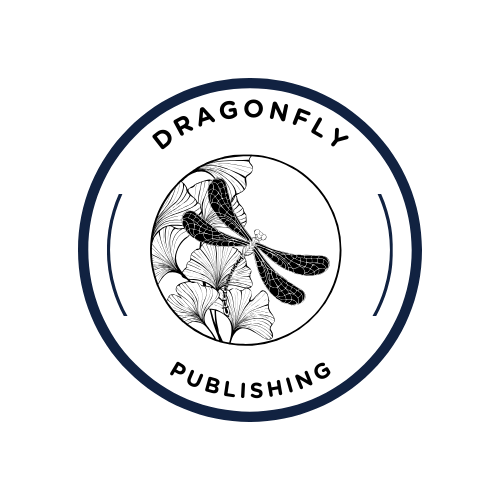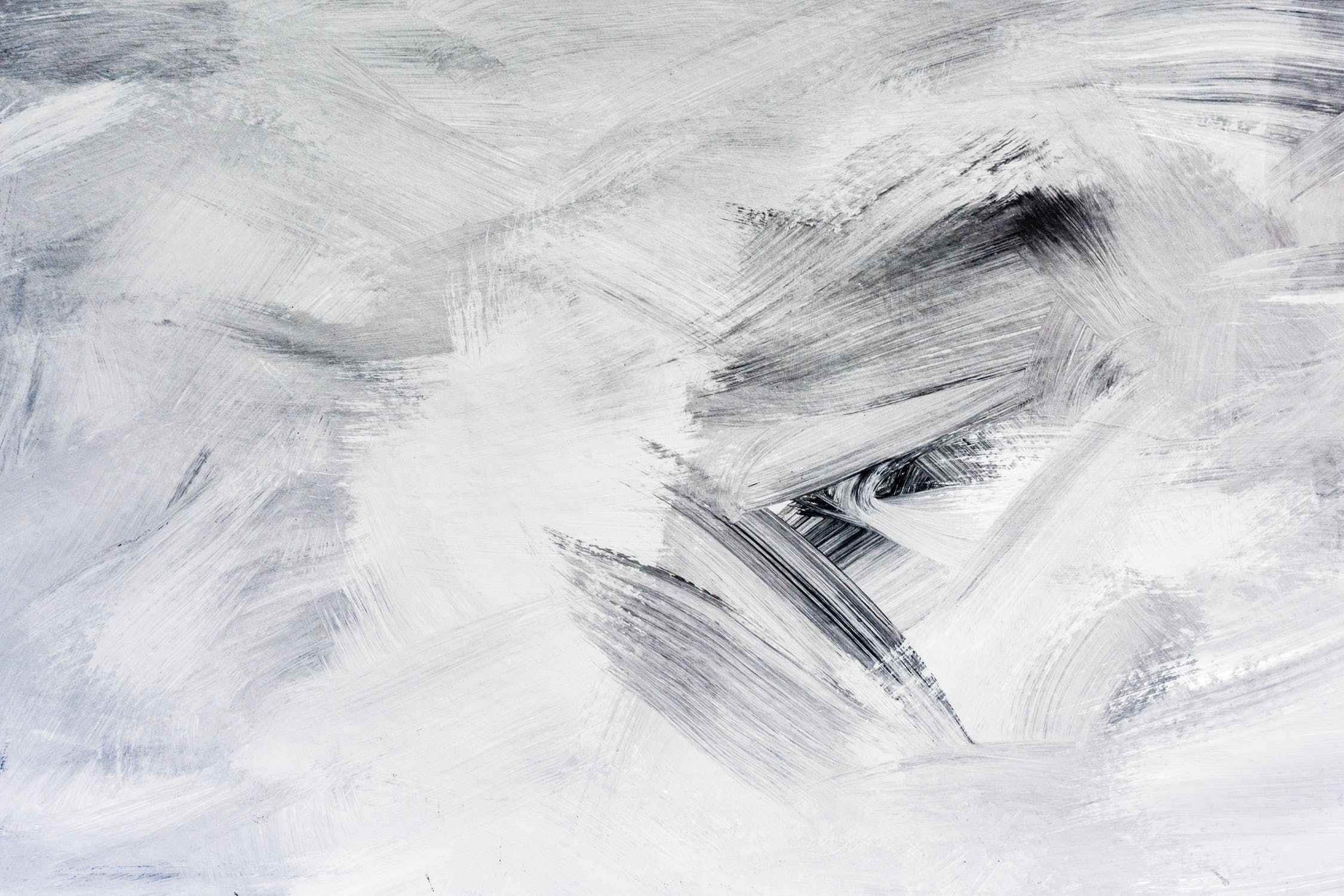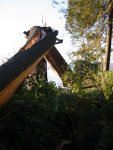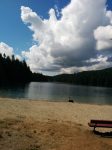I had a full day with my husband: traveling to Burnaby for an appointment, going on a three-mile hike at the Barnet Marine Park, eating a very late lunch, grocery shopping, visiting the newest used bookstore in the area and finding a good read, coming home to clean and bbq, calling family to say hello, and then it was suddenly almost dark. I worked for a while on my new global eco-literature series–mainly on an interactive map, which I thought would be kind of fun to do and might be visually appealing. The lady at the bookstore knows me now and is always trying to help me stumble across international fiction that might work with my series. I really love that place (Western Sky Books). Anyway, I’m super happy with my next two parts in the series because later this month I get to go back virtually to Ireland with the author of The Story Collector, Evie Gaughan (who I mentioned in a previous blog), and in August I get to go back to a book I adored from afar in 2014–we’ll be going to the Philippines via that book (Agam).
I stayed up late tonight in the upstairs office, listening to night sounds, twigs crackling, and little wildlife noises from our yard. The neighbors are generally pretty quiet, so all night I have been feeling the great cool air coming in from the window while wondering how many of those noises are a bear, a coyote, a cougar, or perhaps the cute skunk living below our deck. It never bothers us–I often think it defends us as very occasionally we smell its scent at night warding off other wildlife, or cats.
My last feature on authors who explore climate change was about authors against big oil. Other than a spotlight that was dedicated to a team of writers, artists, musicians, and podcasters telling a story, this one really was a huge issue featuring multiple authors and books. Usually I just cover one author, and I’m going back to that this month! At the end of the last feature, however, I was thinking–this is too long compared to my other pieces, but I could have gone on a lot more. I said in that spotlight that if one wanted to follow more of my thoughts on the issue, they could visit my more personal blog. After that, I had several occasions where I would be heading to work and paralleling the Burrard Inlet, and I always wanted to take a quick detour down to the marine park. But I would miss the turn. On one occasion I turned down the wrong road and ended up near some industry that, as it turns out, we could almost walk all the way there from the marine park. The beach trail ended, and there were of course fences and signs keeping people out. It’s between the park and the Suncor terminal there. Let me tell you, the marine park is beautiful, and has a lot of history, but it’s surrounded by a lot of industry–tankers and oil and sulphur piles. We hiked about 3 miles all told and found some crazy things like old cement bases from a previous logging company, a train track that went parallel to the park, and a bamboo tree in the middle of the rainforest, obviously planted there. We walked around the park but also did Drummond’s Walk. You can see on the map that it ends at the one industry that I mentioned, but it’s not listed on the map. I know from accidentally previously turning down Bayview (what do I know? I thought it was a view of the bay) that I had to turn around because that was one of Kinder Morgan’s (Suncor’s) terminal, and I think the plant between the marine park and the terminal was related. The one day I accidentally turned down Bayview, thinking I could do a little walk along the inlet, there were a couple guards out there and a separate group of protesters.
Today’s walk was kind of nostalgic. I often think that the world we made, the world we live in, is full of too much loss. I am pretty good at dealing with loss and change, but sometimes I get sentimental. I remember other parts of my life that I could do a trail without seeing industry using our natural rivers and waterways (this section of the Burrard Inlet is still salt-water I think), and I know that there are much wilder trails, but the marine park was like looking at a microcosm of any city’s history. A failed logging industry and its ruins (unlike the beautiful ruins in Ireland, these were just old cement foundations that were never torn down), surrounded us. The distant Admiral’s Point, and heavy copses of rainforest trees with no or few houses, and the wild blue waters and mountains beyond–these things we want and need–were beautiful, yet up close were the ravages of our world: oil tankers, fences, polluting industries.
Tonight after working on the map and on a couple upcoming pieces for dragonfly.eco, I felt strangely not tired, awake but quiet, wondering about the future. I thought about the heron we saw and all the goose poop and geese and the way the misty clouds in the distance hovered in the other sunlit gaze over the mountains. Often, maybe too often, I feel very introspective like this. Getting out on the trail is one way to get me dreaming and hoping. Here are some photos of the day.














